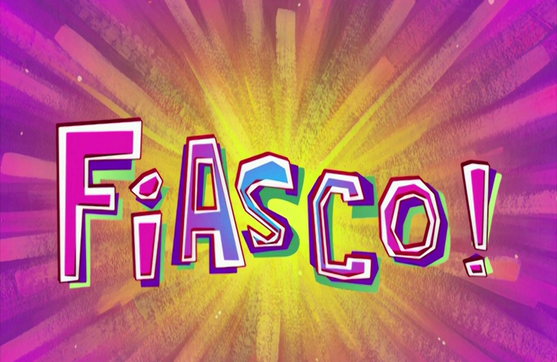City Council is on Summer Break. So, we are re-running this blog as part of our Missing Middle Week.
Last week we gave you our opinion of Raleigh’s so-called Missing Middle zoning changes.
They are sloppy and devious in that they purport to advance the prospects of affordable housing in Raleigh but in fact undermine it.
The opposition to “MM” has been fierce since the public figured out what was going on – or rather, figured out that SOMETHING was going and it wasn’t good. But City Council and staff had acted with such haste to enact the 11 parts of “MM” that, by the time the public got wind of it, the deeds were done.
This year, following an election which replaced half of the 8 City Council members, planning staff have scurried around town holding “listening sessions” to hear what the public thought about MM. Better late than never?
On Tuesday, the planners will report to the new Council on what they heard.
And then, what will Council do?
The new Council would be fully justified in pushing for a moratorium on the whole schmear pending close study of what’s OK in the 11 and what isn’t.
That’s not really how city government works, however, and the fact that 4 of the current 8 members on Council voted for this stuff last year makes any sort of all-out repeal or revision unlikely.
That said, we recommend that Council members who do see the flaws in MM should push for the following:
1. The so-called Frequent Transit Development Option should be repealed or set aside. This is just plain and simple a giveaway to the development industry. Worse, it undercuts any real effort to bring affordable housing close to transit by supplanting the much more progressive Transit Overlay District (TOD) zoning that has existed in code for a couple of years but has never been applied to a specific location. The FTDO is fake TOD. As we build out our first Bus Rapid Transit routes in Raleigh, let’s use the real thing.
2. Adopt size limits for duplexes, triplexes and quads, as Portland, Oregon did. Portland’s objective was to spur affordable housing and reduce the incentive to tear down small houses by limiting the size of what could replace them. Direct staff to study the Portland approach to MM and bring back revisions to Raleigh’s code that will stave off gentrification and bring on more affordable housing choices.
3. Create a specific fund and aggressive policy to preserve small houses — NOAH* — in lower-income neighborhoods, either via loans to the owners for renovations or by acquisition and donation of the properties to a land trust.
4. Repeal or amend the Conservation and Compact Development Options to assure that the land conserved was buildable in the first place. As written, minimum lot size requirements are waived even if the land “conserved” really wasn’t.
5. Bar short-term rentals for ADUs or Tiny Houses. Again, the objective is to foster affordable housing, and to disincentivize speculators.
6. Direct staff to study the adequacy of rear and side setback requirements for the max-buildouts allowed by MM.
7. Direct staff to report on what the maximum buildouts are in each residential zoning district (R-4, R-6, R-10 and so on) for a single lot with a duplex, triplex, quadriplex or “small apartment building” and an ADU or Tiny House(s) on the same lot.
8. Direct staff to report on the additional car traffic these MM density increases would generate in areas of the city – and road arterials – where frequent bus transit neither exists nor is planned.
Council members, it’s worth stepping back and asking if Sprawl 2.0 is what you’re producing by allowing multiple units on a lot in areas of Raleigh not served by transit at all, nor by proximate retail centers and employment centers.
We have traffic congestion now as a consequence of spreading single-family houses across areas of the city where the road network is unable to handle the cars. What happens when two or three times as many cars are associated with the same residential lots on the same inadequate road system?
If staff ever considered this question, we didn’t hear the answer.
A more sensible approach would’ve been incremental, introducing MM reforms in neighborhoods where actual frequent transit service is available within short walking distances. As frequent transit routes are added, MM’s application could be expanded.
Reining in the worst aspects of this MM giveaway to the development industry is a big test for the new Council. Hope they’re up to it.
Livable Raleigh Editorial Team
* NOAH – Naturally Occurring Affordable Housing
If you appreciate the kind of reporting we bring to you
|
Please donate $10 or $20, Thanks for supporting |
 |

